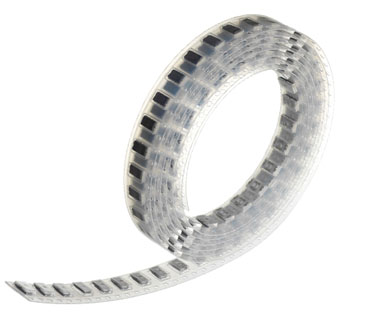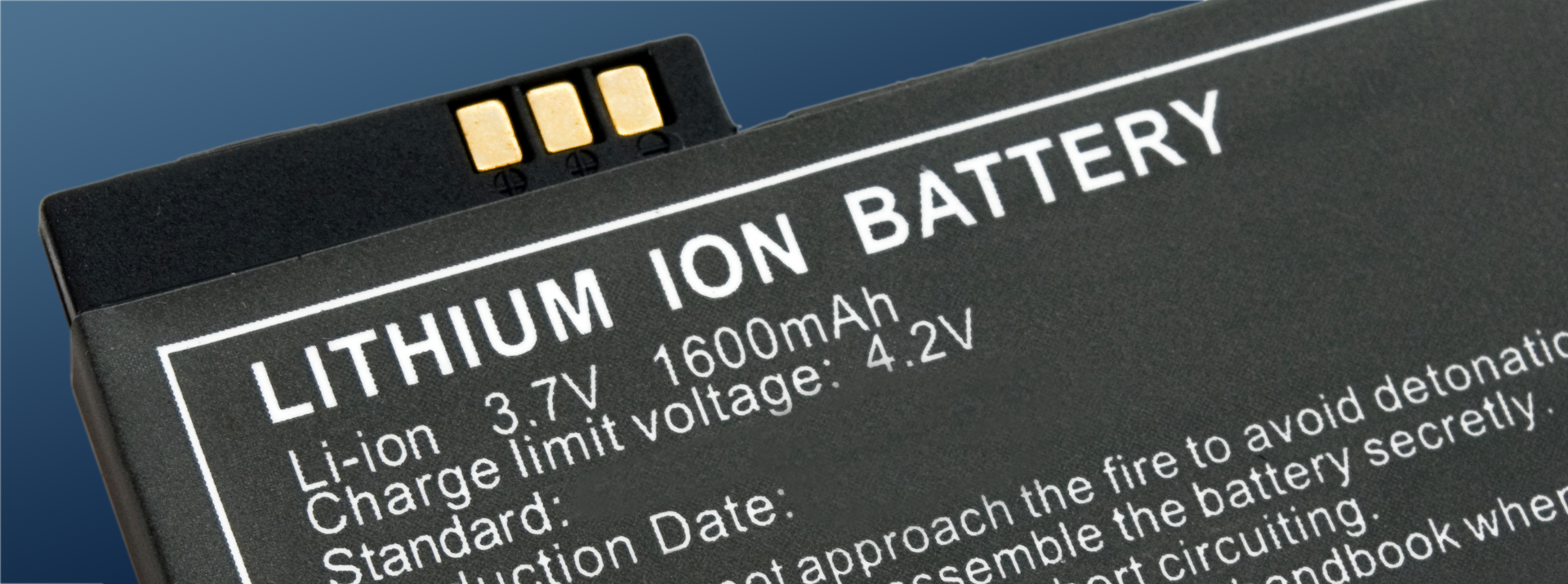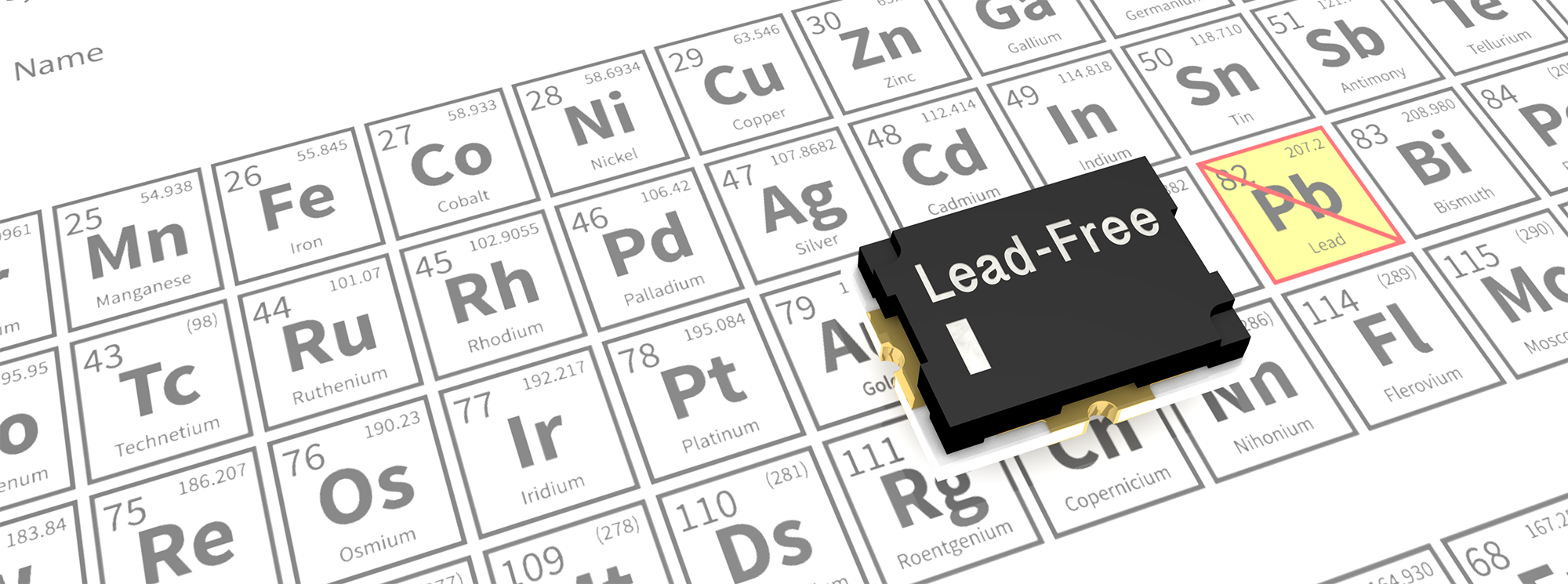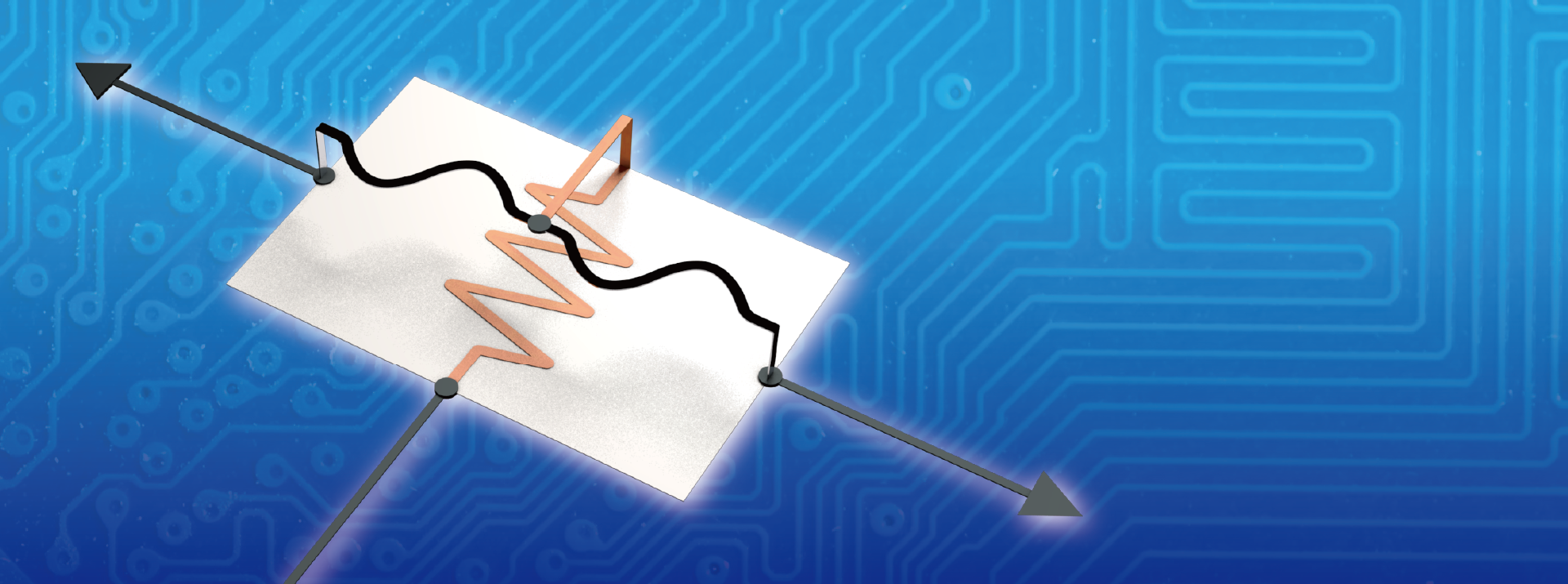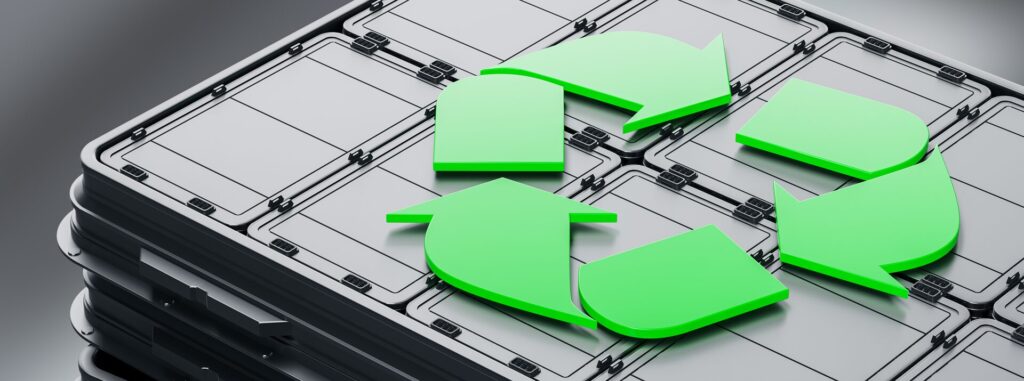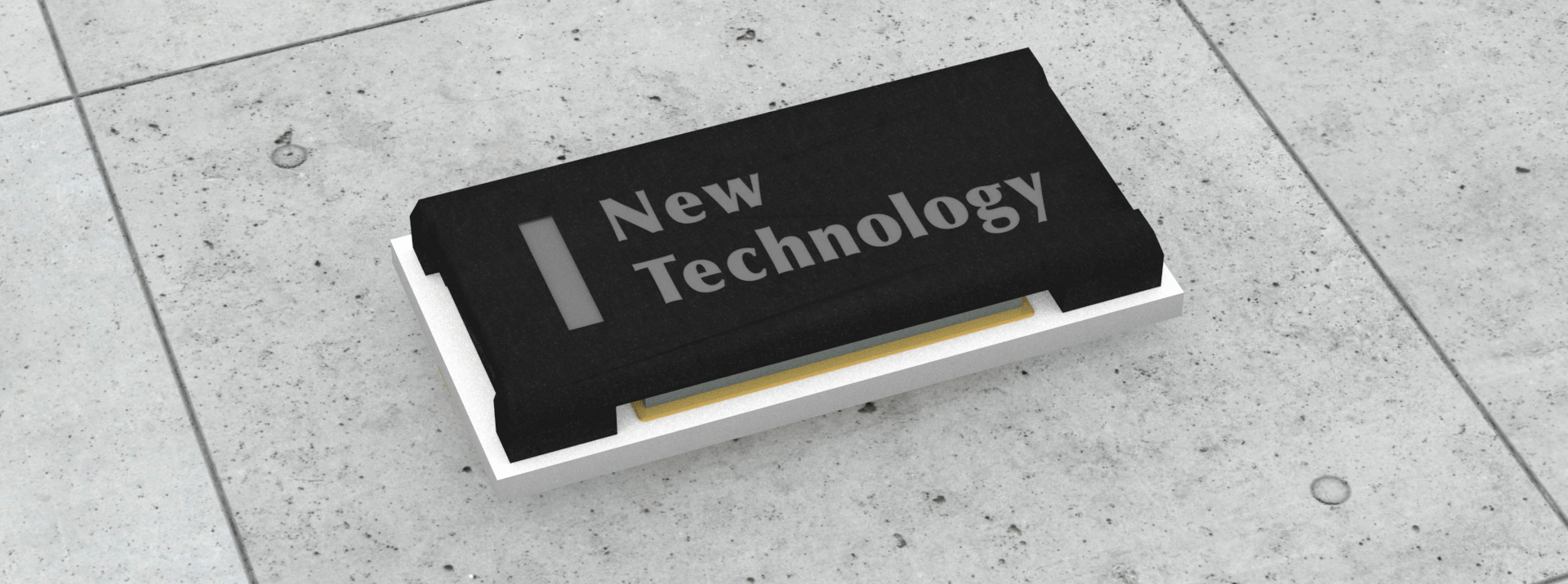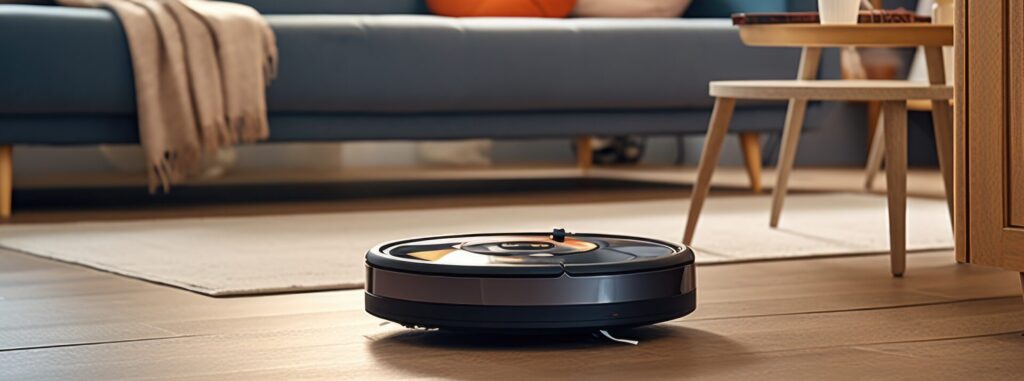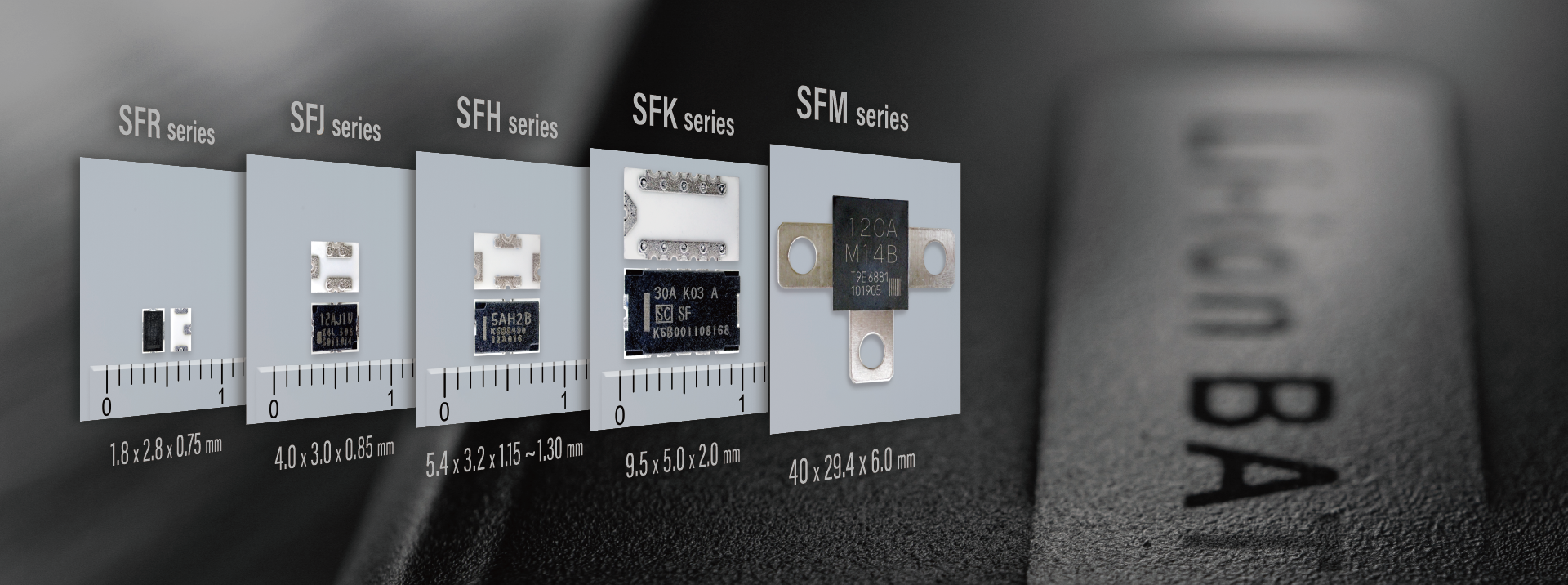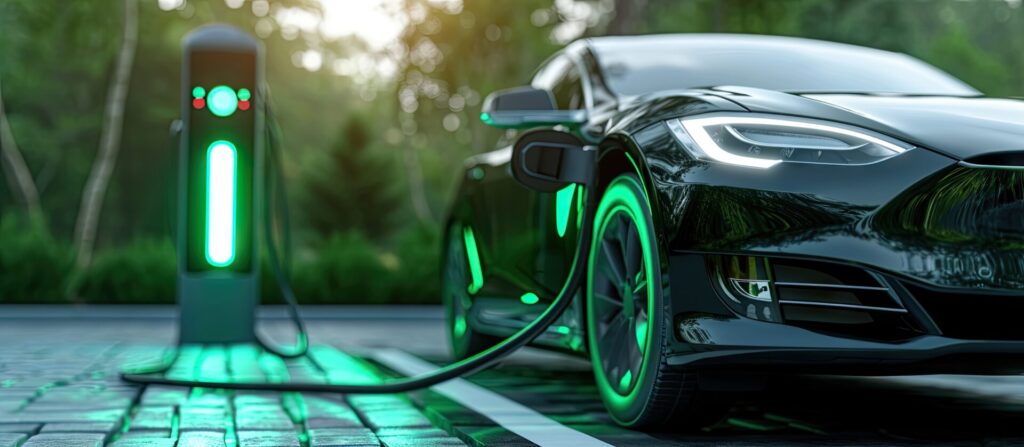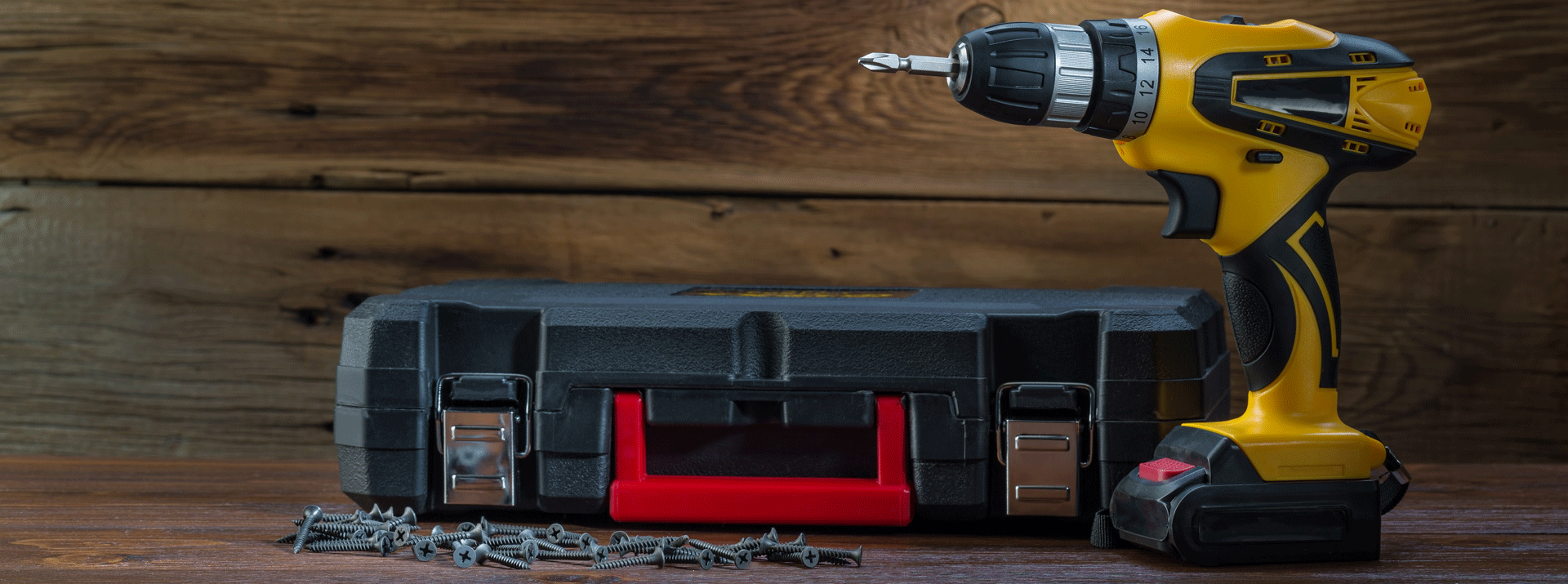
- Electronic Components
Secondary protection element technology for higher voltage lithium-ion batteries
Contents
Lithium-ion batteries are increasingly being used in high-voltage devices
Over the past few years, the applications of lithium-ion batteries have expanded greatly. Laptops, smartphones, tablet PCs, and other devices use battery packs with voltages ranging from 4 to 12V. However, lithium-ion batteries with high voltages (several tens of voltage) are now being used in power tools, emergency power supplies, electric bicycles, and electric motorcycles by connecting more than 10 cells in a single battery pack. As a result, self-control protectors (SCPs)*, which safely shut down a circuit in the event of overcharging or other problems, also need to be able to handle high voltages.
* An SCP is a fuse element for the secondary protection of lithium-ion batteries, which Dexerials began selling in 1994. SCPs are installed in many devices using lithium-ion batteries.
Three examples of protection circuits for high-voltage equipment using secondary protection element (SCP)
There are several ways to build a protection circuit using SCPs for high-voltage devices. The below will explain three typical methods that are recommended.
1. Partial drive control
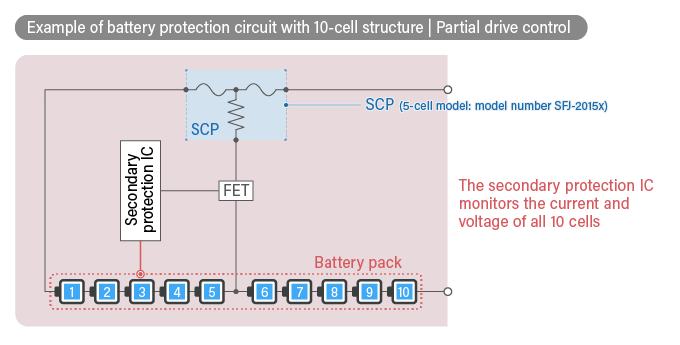
“Partial drive control” is a method in which some of the cells of a battery is connected to SCP. As an example, as shown above, the circuit for five of the ten cells of the battery is connected to SCP. The circuit from the fifth cell in the middle of the battery pack, on the left side of the figure, is connected to a field-effect transistor (FET), which acts as a switch. The FET is then connected to SCP, which is able to handle the voltage of the 5 cells. When a voltage exceeding the specified value is detected by the protection IC, the FET turns on, the SCP heats up, the fuse element blows, and the lithium-ion battery gets disconnected from the charge/discharge circuit.
Looking at this circuit, one may think that it can only detect defects in the batteries of the five cells from No.1 to No.5, but this is not the case. The secondary protection IC connected to the FET monitors the voltage and current of all 10 cells. Thus, even if the remaining 5 cells that are not directly connected to the SCP fail, the circuit will still be interrupted. This method can provide secondary protection for lithium-ion batteries used in high-voltage equipment at a relatively low cost since the circuit has a simple configuration without using any special components.
2. Constant current drive control

The heater built into the SCP has a circuit so that when the specified voltage is exceeded, the protection IC commands the current to flow and generate heat. When the SCP detects overcharging, it uses the heat generated by the heater to blow the fuse element and interrupt the circuit. Naturally, if the current flowing through the heater changes as the voltage fluctuates, the amount of generated heat will change, and as a result, the time required to blow the fuse will change. Therefore, the current flowing through the heater should ideally have small fluctuations.
In this method, a “constant current circuit” between the secondary protection IC and the SCP keeps the current flowing to the heater in a constant manner. The diagram above shows that when the SCP (model number: SFJ-2015U) that can run at 8-30W is inserted, the circuit is cut off at a current of 1A. Although it enhances stability, it is expensive as the constant-current circuit itself is complex. This method is recommended for higher circuit stability.
3. Pulse width modulation control
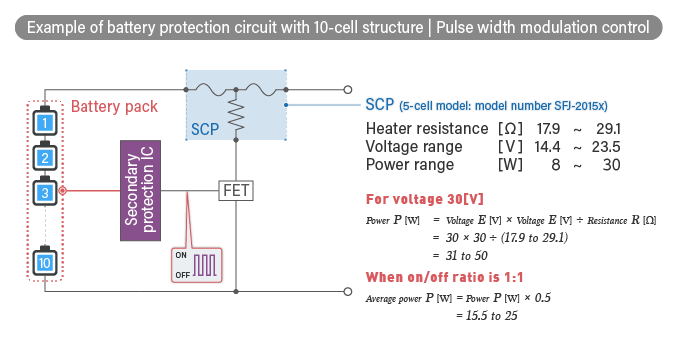
This method lowers the total power by pulse controlling the FET on/off functions through a secondary protection IC. The figure above uses the same SCP (model SFJ-2015x, with operating voltage range 14.4-23.5V), operating at 8~30W, that is used in the aforementioned constant current drive control method. Normally, SCP cannot be used in a circuit with a voltage of 30V, which is beyond the operating range, as the heater circuit would break before the fuse element blows. However, if using the pulse control method, the total power can be lowered by repeatedly switching the current on and off. Assuming the ratio of “on” to “off” is 1:1, the power will be decreased to ~15.5 – 25W, allowing SCP to be used in a circuit with a voltage of 30V.
This method is highly reliable because the IC controls the FET’s on/off function. In addition, normal SCPs have a fixed voltage range for each element, such as 5 to 9V or 10.5 to 19.6V, but the method of pulse control allows for a wide voltage range, such as 3 to 20V.
The aforementioned three methods are recommended for protection of lithium-ion batteries in high-voltage applications. As the applications of lithium-ion batteries continue to grow, its voltage will also increase. Dexerials has vast knowledge and technologies for protecting such batteries. Please feel free to contact Dexerials for any questions about the use of lithium-ion batteries in high-voltage equipment.
- SHARE
 Back to top
Back to top  Contact us
Contact us 


